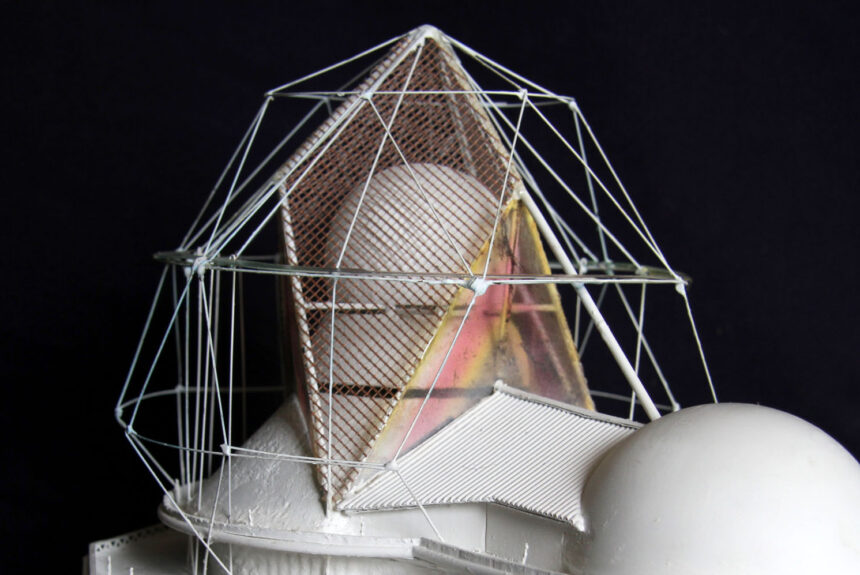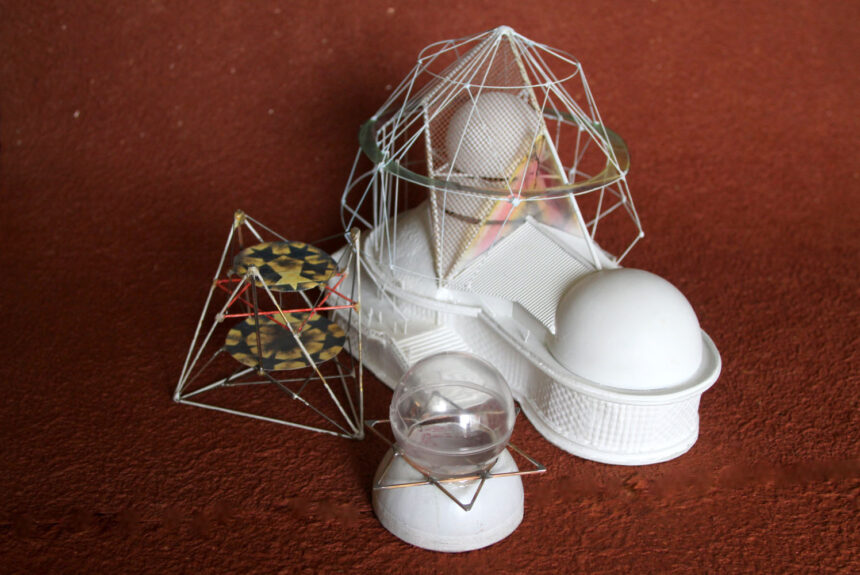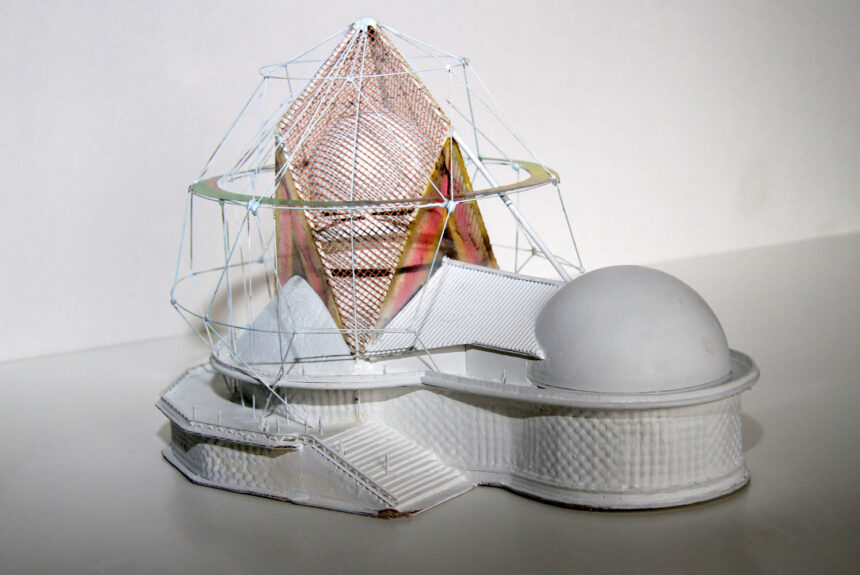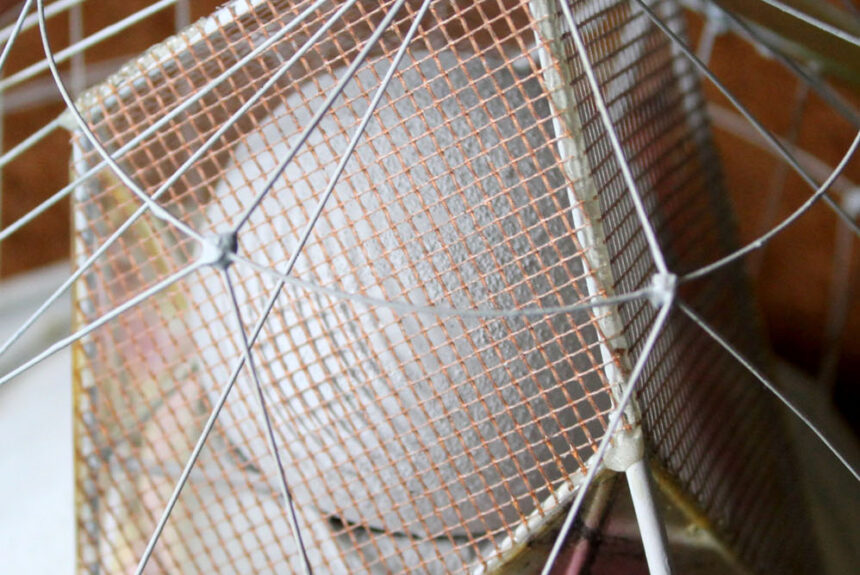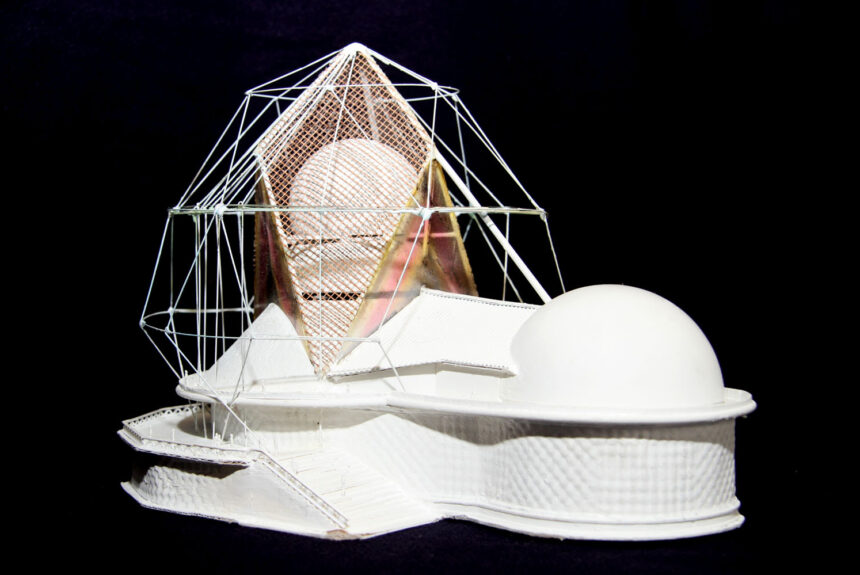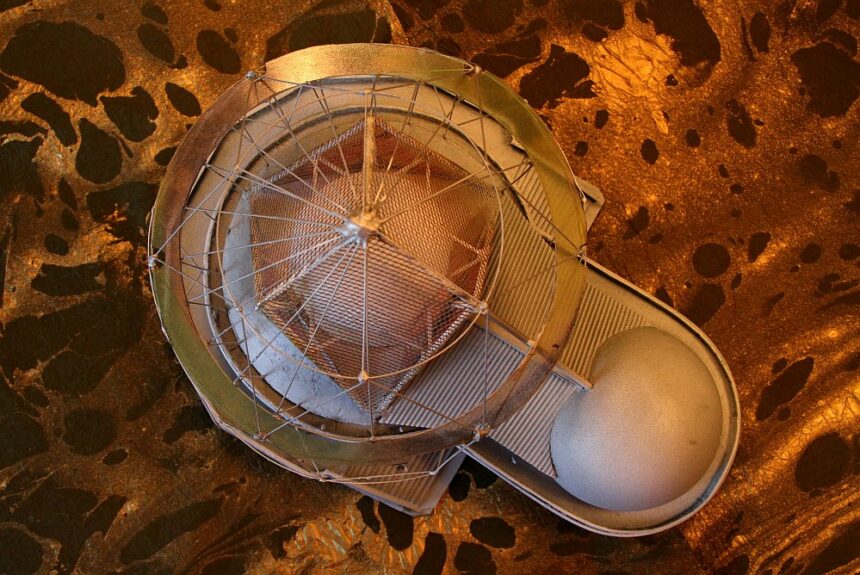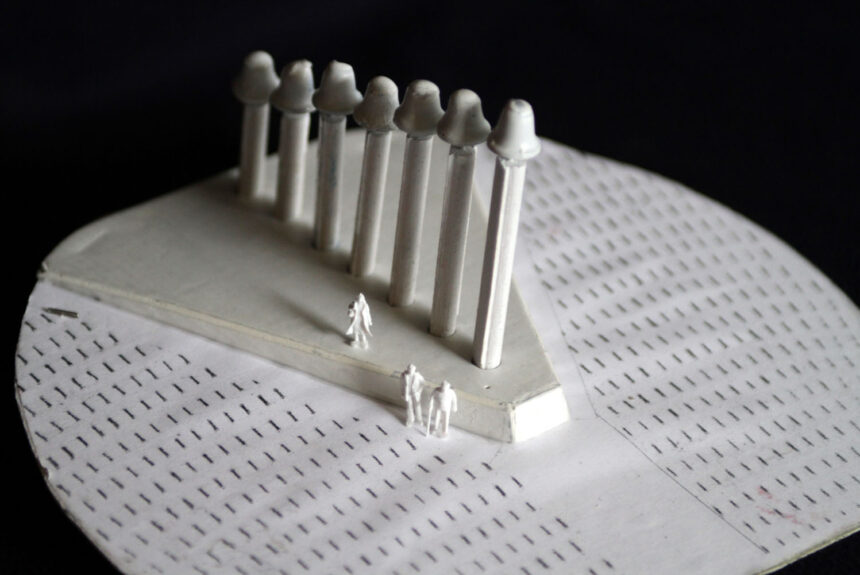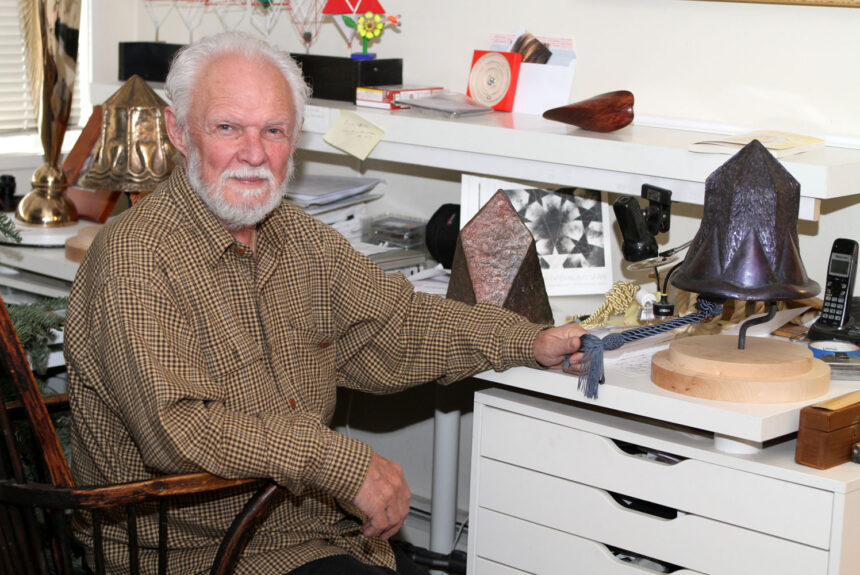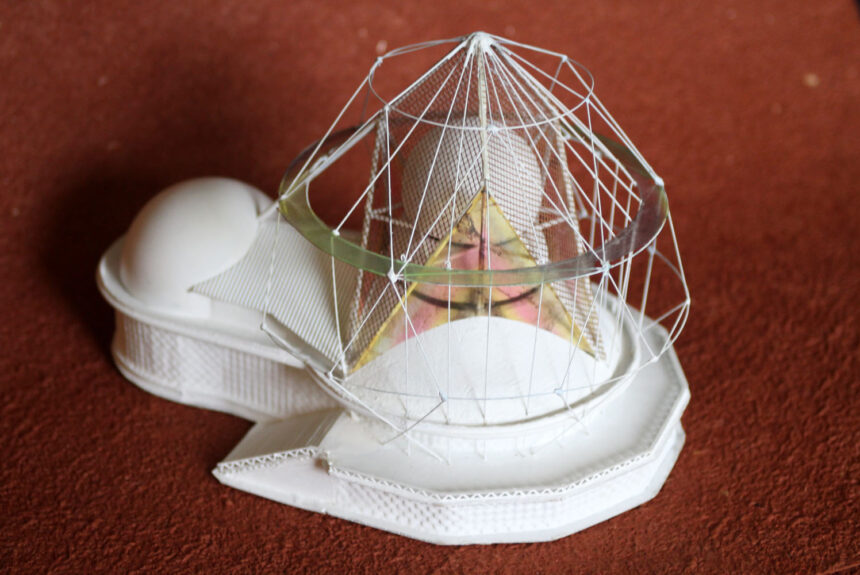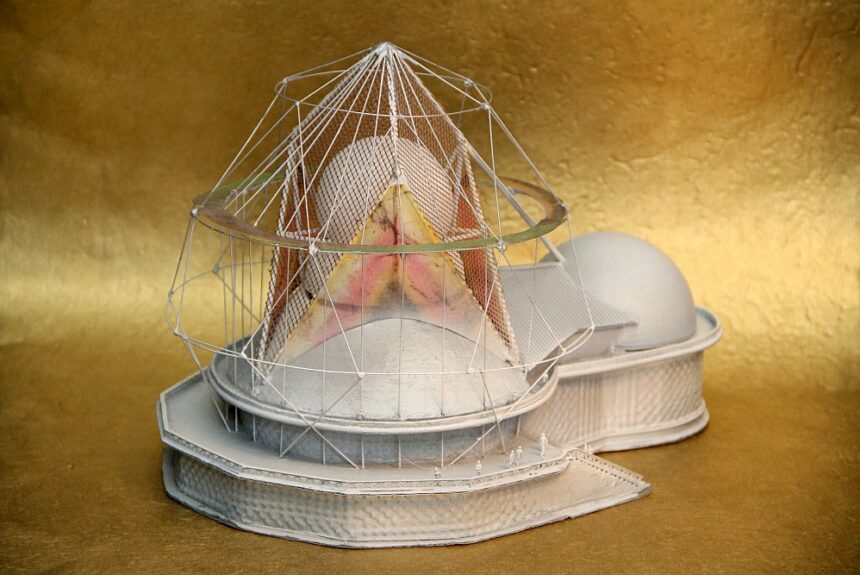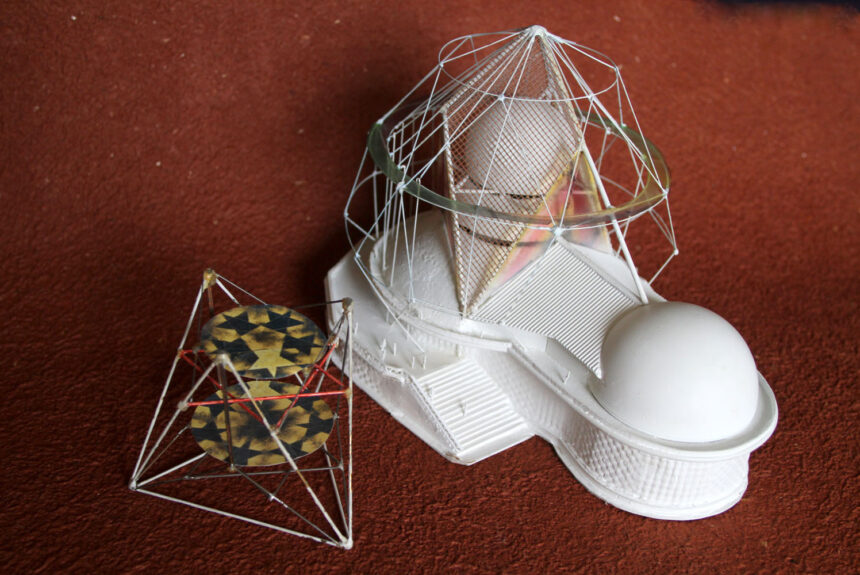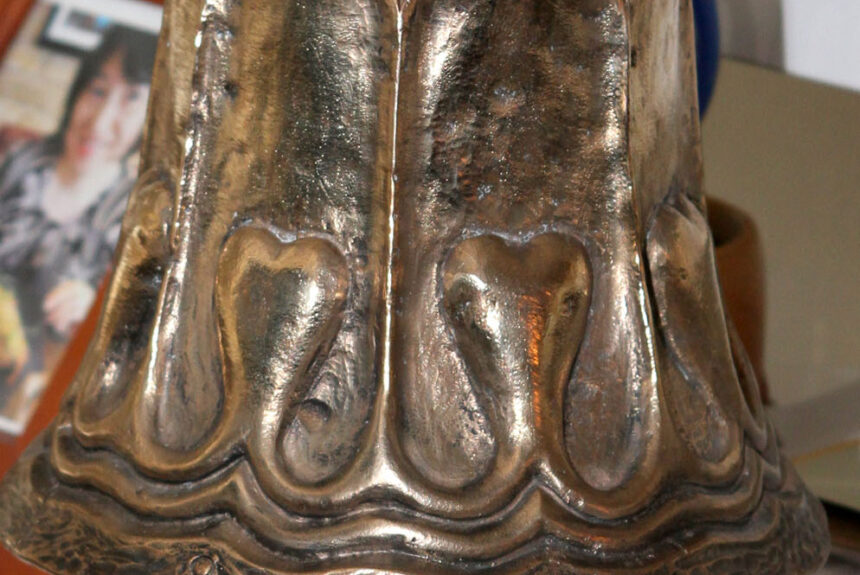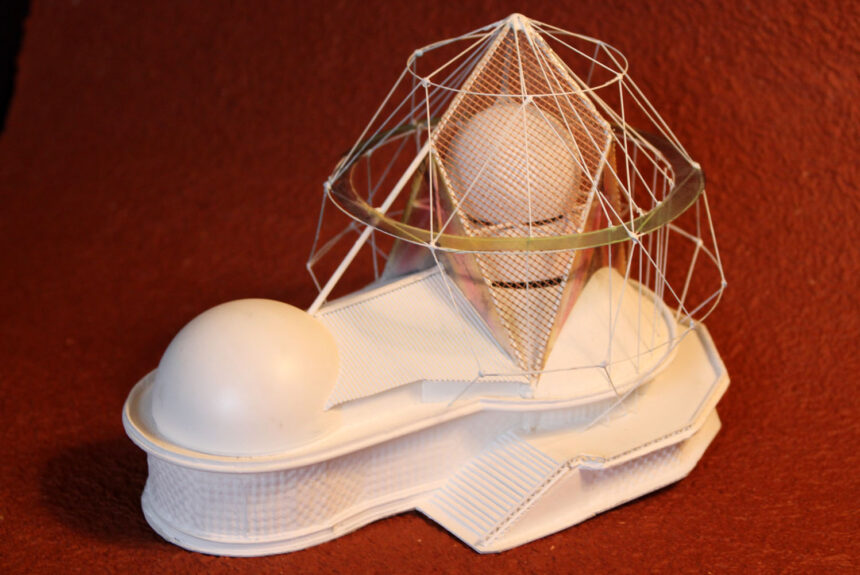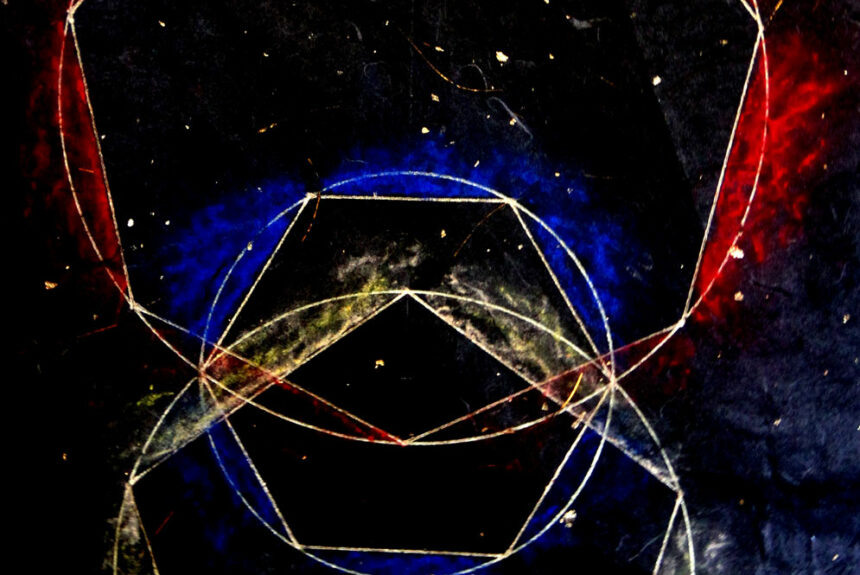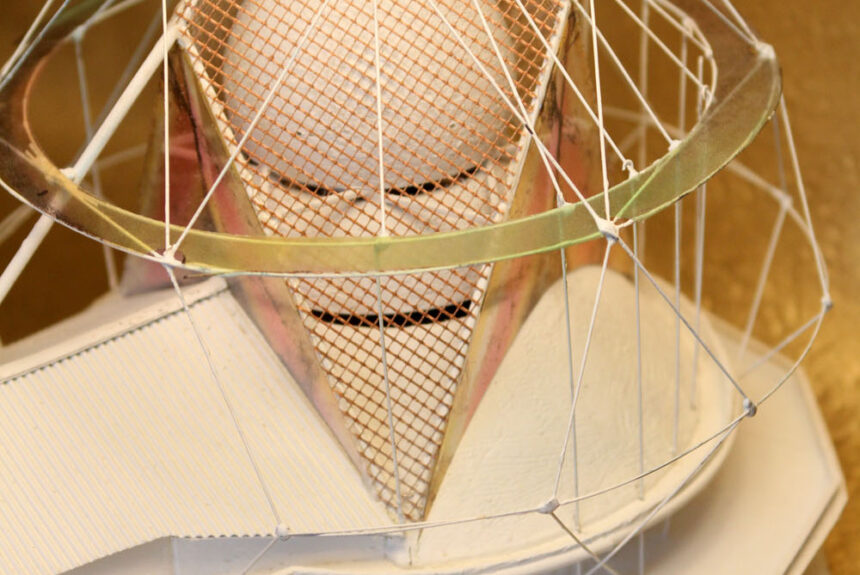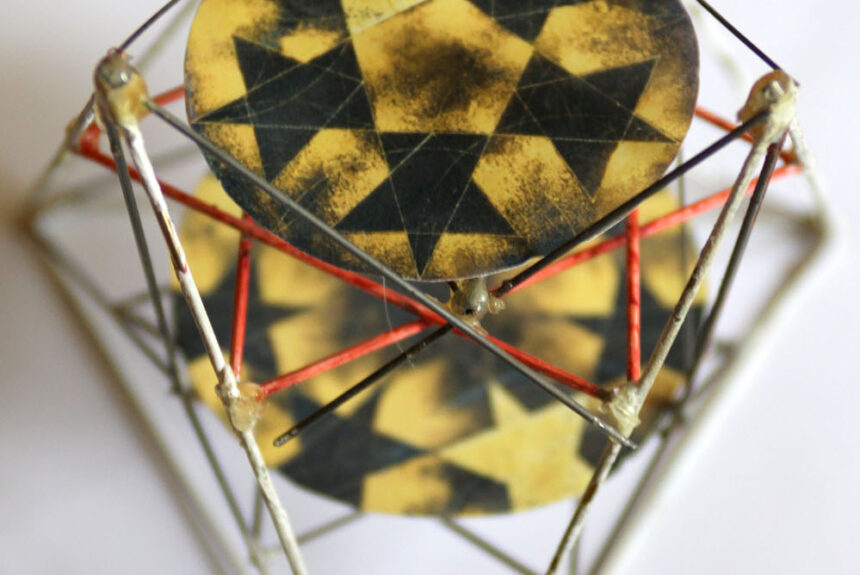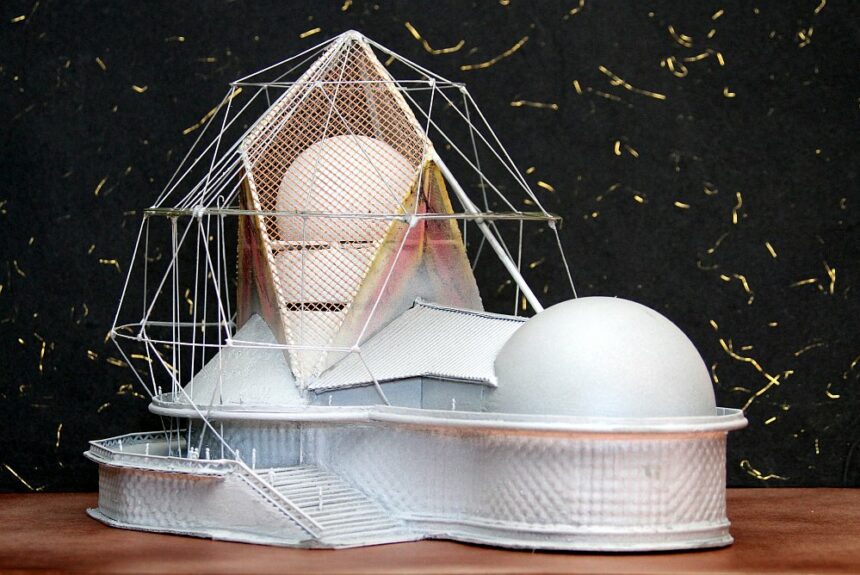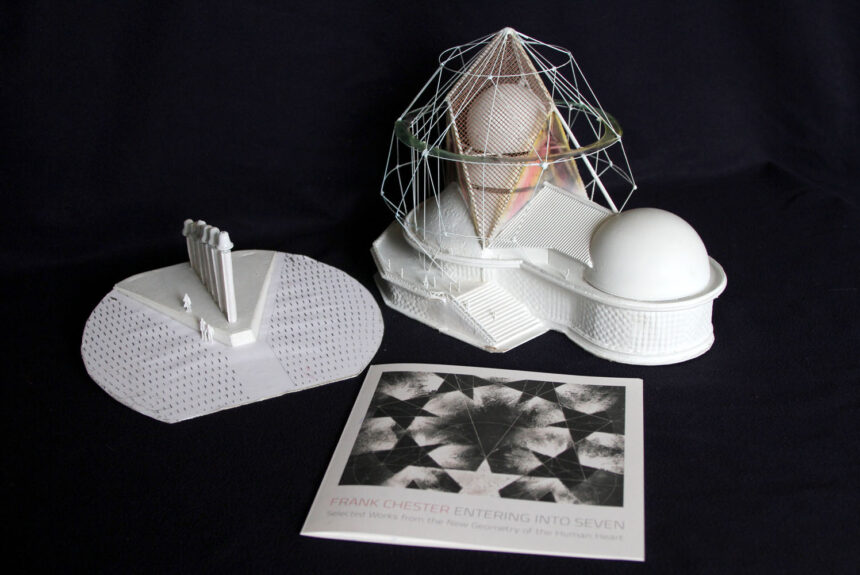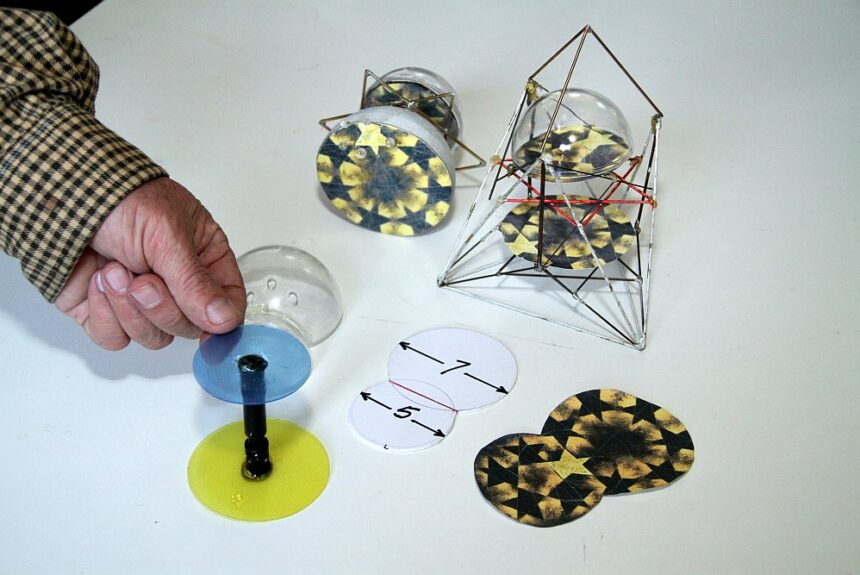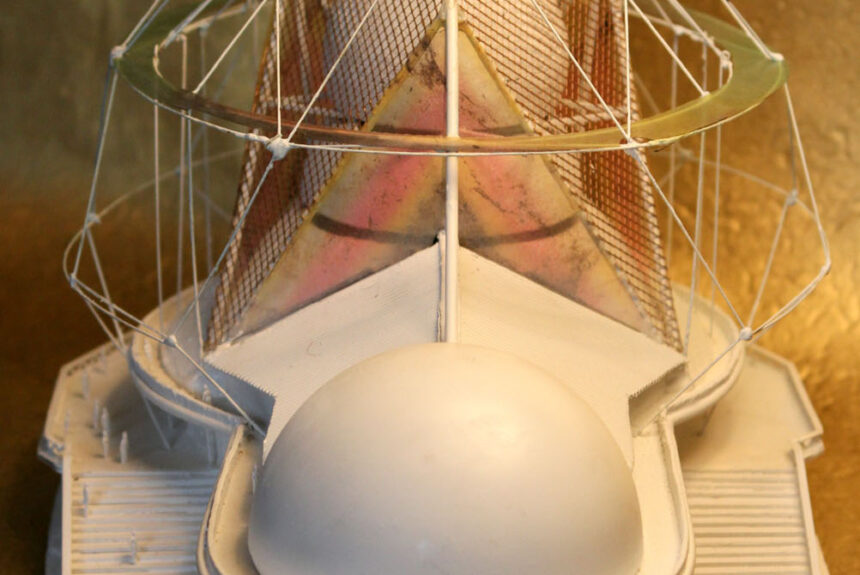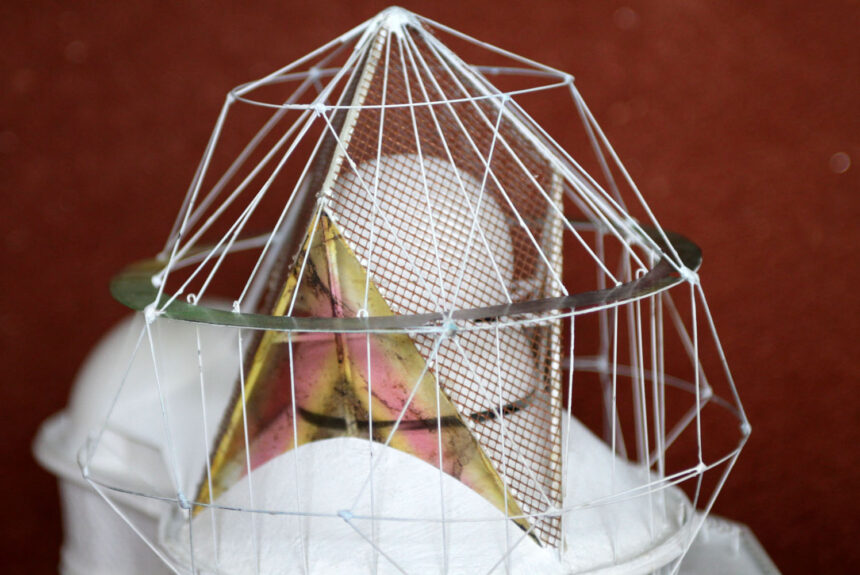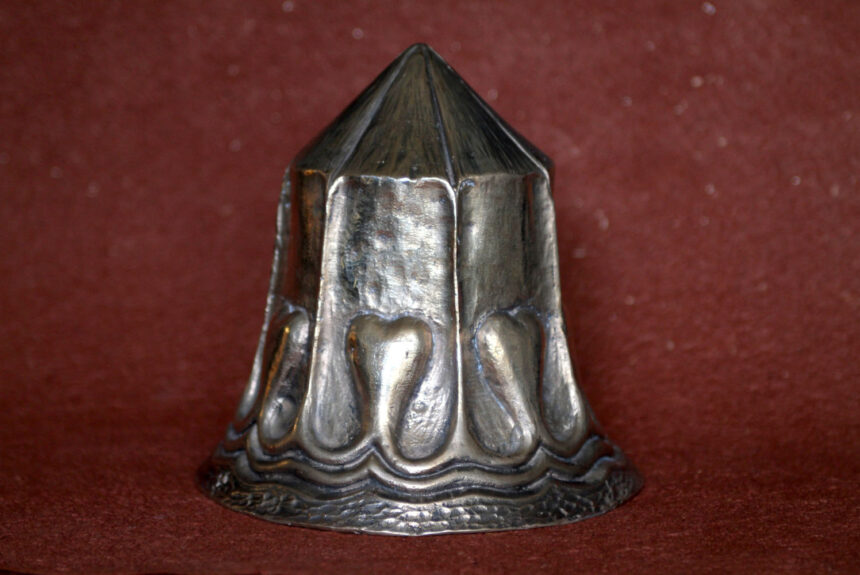Building a New Mystery Center
An alternate view of the event is here:
The following is a special presentation by Frank Chester, Bringing Balance to the Heart with Lawful Thinking, that took place at the Santa Cruz Waldorf School on January 13th, 2012. In it he shows the principles behind the creation of a new Mystery Center for America, based on the geometry of the heart.
See more information and photos of the event itself below. Thank you to Robert (77GSlinger) and James Heath for the videos.
Frank was invited to come to Dornach, Switzerland to display his sculptural works, at a time that marked the 100th anniversary of Rudolf Steiner’s architectural impulse. The presentation took place in the building that forms the heart of anthroposophical studies in Europe, the Goetheanum. Frank, deeply inspired by the architectural designs of the first and second Goetheanum buildings, created a model for a new building meant to support anthroposophical and related work outside of Europe. Frank was inspired directly by both buildings, and has taken up the impulse to further the architectural reflection of the continued evolution of anthroposophy in his own design, which is a further metamorphosis of the designs and principles Steiner used in the first and second Goetheanums. The design is centered around the unique geometry of the seven-sided form that he discovered. This form, the chestahedron, derives its name from its connection to the heart: it is a proposed geometrical template for the form of the human heart. The chestahedron therefore embodies the principles behind the development of the kind of heart-thinking that is so important for our time. The building is meant to carry forward the necessary outer manifestation of the changing nature of anthroposophy itself, and would provide an appropriate space for lectures, workshops, mystery plays, musicals, eurythmy, visual arts, and meditation. The space will support public outreach and provide a powerful physical representation of the life-giving nature of anthroposophical activities in the world. The building incorporates a number of elements of note:
- As previously mentioned, the geometry of the structure is based on the form of the human heart (see elsewhere on this site for more details on this connection). Two cupolas meet in the main part of the building, in a way reminiscent of Steiner’s ground-breaking design for the first Goetheanum. However, in this case the cupolas interpenetrate vertically and are suspended by the chestahedron above. The upper cupola is based on a geometry of the number 5, while the lower cupola is based on the number 7. Together they meet in a plane that forms a perfect six-sided hexagon (see the last image in the gallery below for a drawing showing how 7 and 5 yield 6).
- While the main dome(s) are suspended from and sit inside the chestahedron, the chestahedron itself is embedded in its dual form, the decatria (dek-a-TRIA: a form with 13 faces). The chestahedron and decatria together embody the principle of reversal, and the principle of levels of self-embeddedness and self-unfolding that are key recurring patterns in anthroposophical work. Half of the supporting wires from the decatria are structural, while the other half are made of a thick nylon that will allow the strings to literally be played as a musical instrument with an appropriate bow. The building itself thus embodies a musical principle as a part of its very structure, and will “sing” its geometry gently with the blowing of the wind, which will make the strings resonate at their fundamental frequency.
- Unlike the capitals in the first Goetheanum, there are no capitals inside the building; the structure is not supported by columns from below, but is rather suspended from above, from the outside. This allows for seven internal, non-weight-bearing columns which are capped by seven individually made bells. The seven bells are based on the transformative sequence of Steiner’s seven planetary seals and the geometry of the chestahedron, and increase in size by a factor of 1/7th. Where the capitals in the first Goetheanum formed a transformative sequence of sculptural form, the bells form a transformative sequence of audible tone. The sequence of tones yields a transformation at a higher octave, and can fill the space in a way that can be shared directly and inwardly that is not possible with purely visual forms.
- Rather than force the skin of the building to hold only one color, it will instead be coated with a surface that will reflect the color projected onto it by a series of surrounding tourmaline-shaped panels of colored glass. The color of the building will be organically formed out of the seasons and daily weather conditions, and reflects an integration of the natural and spiritual environments as they change throughout the year.
